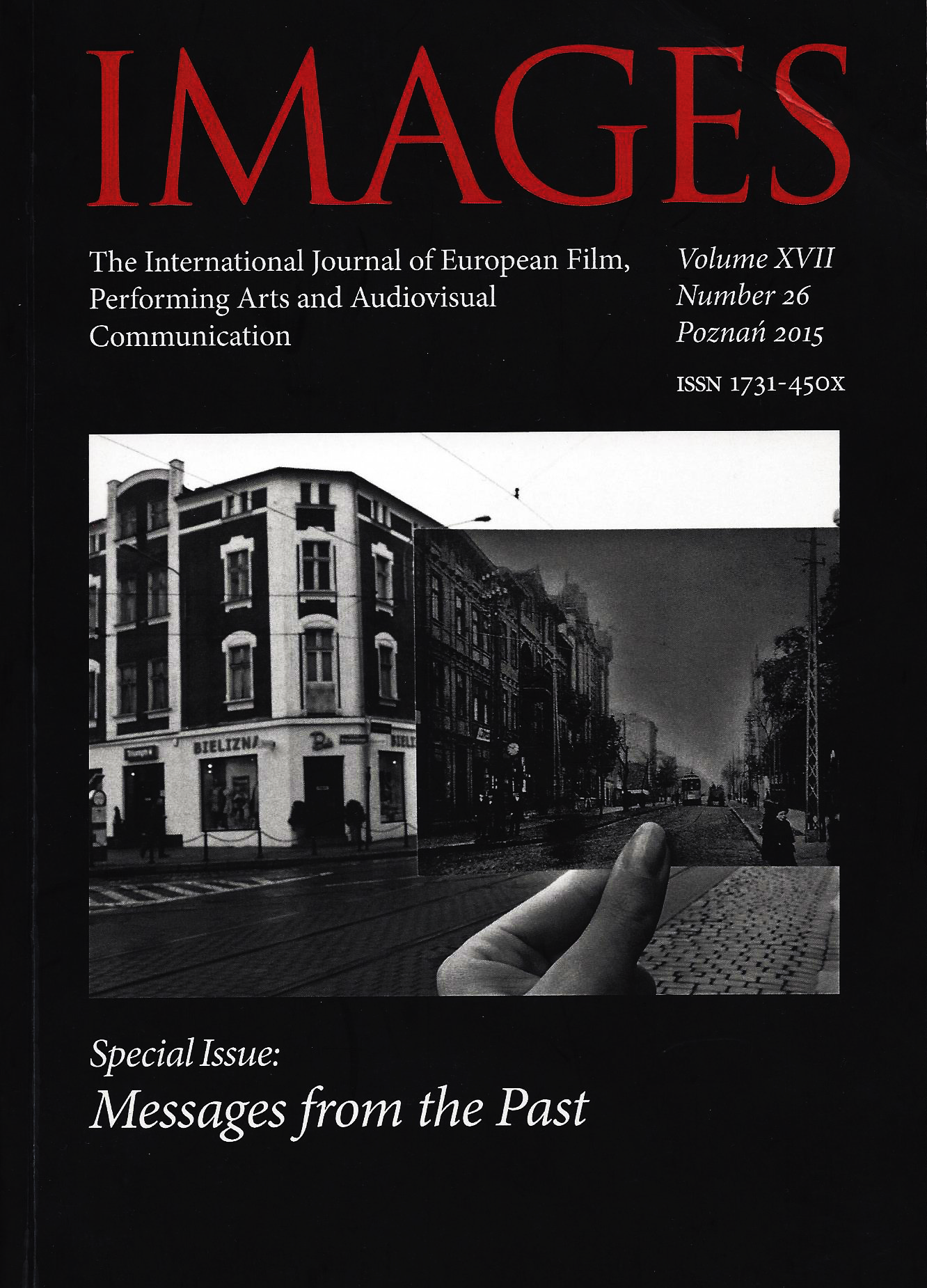Israeli Youth Pilgrimages to Poland. Rationale and Polemics
Israeli Youth Pilgrimages to Poland. Rationale and Polemics
Author(s): Nitza DavidovichSubject(s): History of the Holocaust, History of Antisemitism, Migration Studies
Published by: Uniwersytet Adama Mickiewicza
Keywords: Shoah Pielgrzymka; Pilgrimage Szkoła; High school Pamięć Holocaustu; Holocaust memory;
Summary/Abstract: The article, which was written based on material collected as part of a project evaluating the pilgrimage trips to Poland by Israeli adolescents as part of the Holocaust curriculum, attempted to provide the reader with the background for these trips. In this context, the authors discussed the evolving national agenda in Israel, and the transition from experiencing independence to experiencing the Holocaust. It was explained that this process began with the Eichmann trial in 1961, but became far more intense after the political upheaval in 1977, when the Labor Party, which had been in power since the 1920's, lost the election. The authors of the article stressed that in the wake of the profound social changes that took place in Israeli society, the memory of the Holocaust gained new significance among the country’s national priorities. While a policy known as “the great silence” regarding the Holocaust prevailed among the first generation after statehood, the Holocaust has now become a factor that shaped the national ethos. In 1979, for the first time, the Ministry of Education commissioned two curricula dealing exclusively with the Holocaust. It was this new attitude to the sources of Israeli identity that led to the commencement of trips to Poland by adolescents in the 1980's. Since the trips began, in 1988, over 300,000 adolescents have traveled to Poland. These journeys have become a sort of rite de passage for the relevant age group (high school juniors and seniors). They can be compared to backpacking by young adults who travel abroad to “clear their heads” after completing their army service, on trips lasting anywhere from a few months to two years. The authors noted that nevertheless, only 25-30% of Israeli adolescents actually take part in these journeys. Inter alia, the article reviewed the evolving goals of the trips defined by the MOE, in accordance with the worldview of the minister in office, and noted that, in accordance with the spirit of the times, there were sometimes differences in the main nuances along the particularism-universality axis. The article further stated that apart from the terms in office of ministers Rubinstein and Aloni, the assimilation of the humanistic, moral, universal and anti-totalitarian lessons of the Holocaust during the trips was minor. The article includes a fairly extensive discussion of the dispute on this issue in Israeli discourse. The article noted that the Holocaust and its lessons can be examined from three different perspectives: The first perspective focuses on presenting the universal significance of the Holocaust and perceiving it as parallel to other cases of genocide (such as the murder of the Armenians by the Turks, the genocide in Rwanda and so on). The second perspective focuses on presenting the national significance of the Holocaust as a unique and unparalleled case of the Jewish People. The perception held by this approach is actually “the whole world is against us.” The third perspective is a synthesis of these two approaches. In this article, the authors noted that the longstanding debate in Israeli society over the various methods for instilling the Holocaust and the journeys to Poland by adolescents expresses these three perspectives. The speakers and writers interviewed in the field research each represent one of these perspectives. The article contains many direct quotations from authors, teachers, academics and others, which support the points made by the authors.
Journal: Images. The International Journal of European Film, Performing Arts and Audiovisual Communication
- Issue Year: 9/2011
- Issue No: 17-18
- Page Range: 5-27
- Page Count: 23
- Language: English

